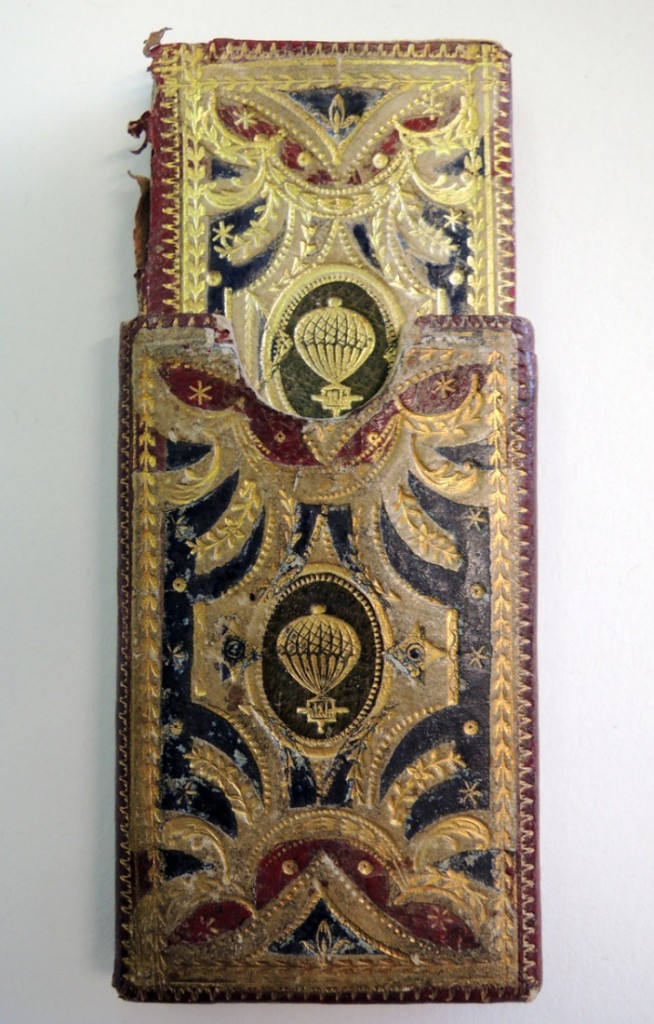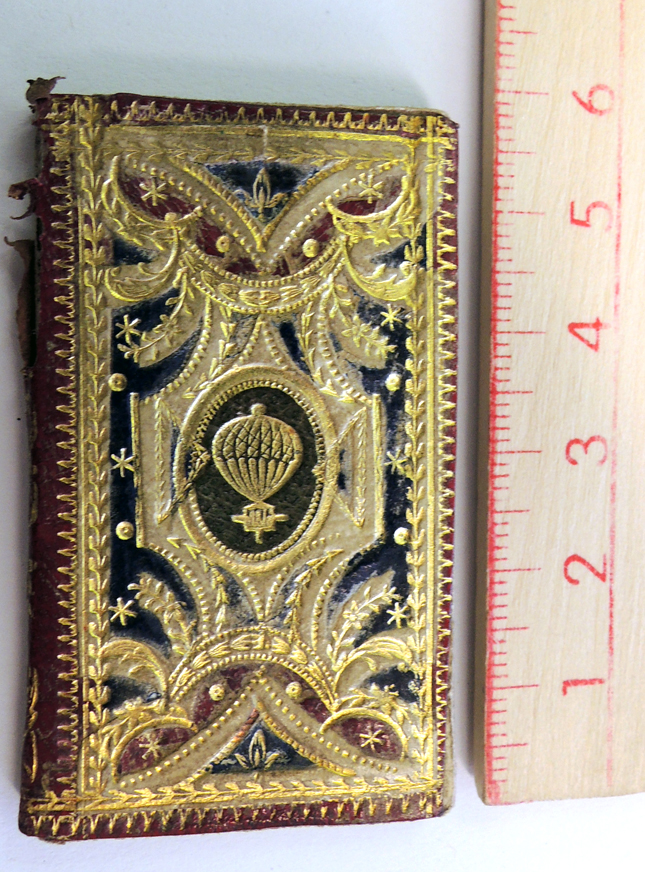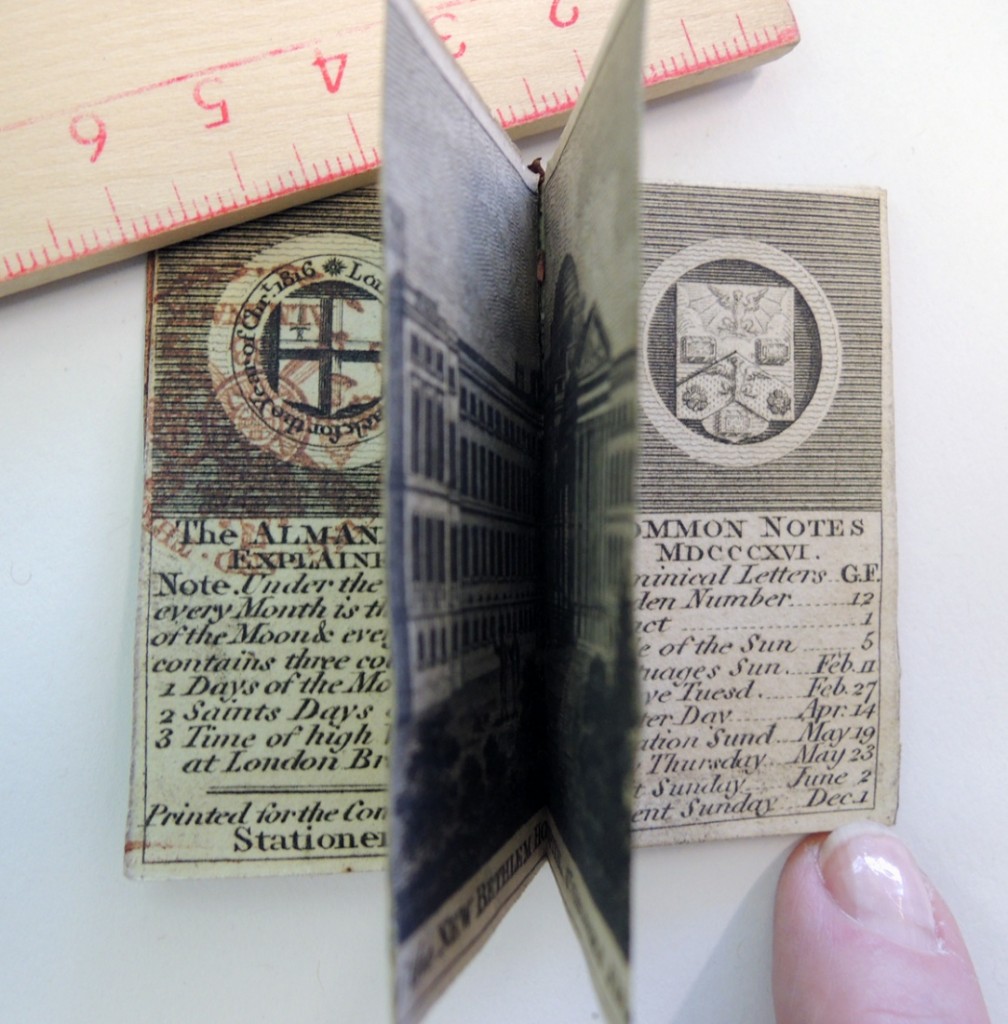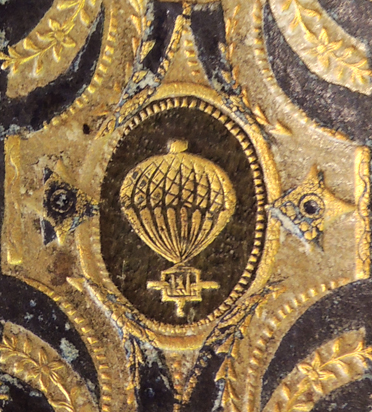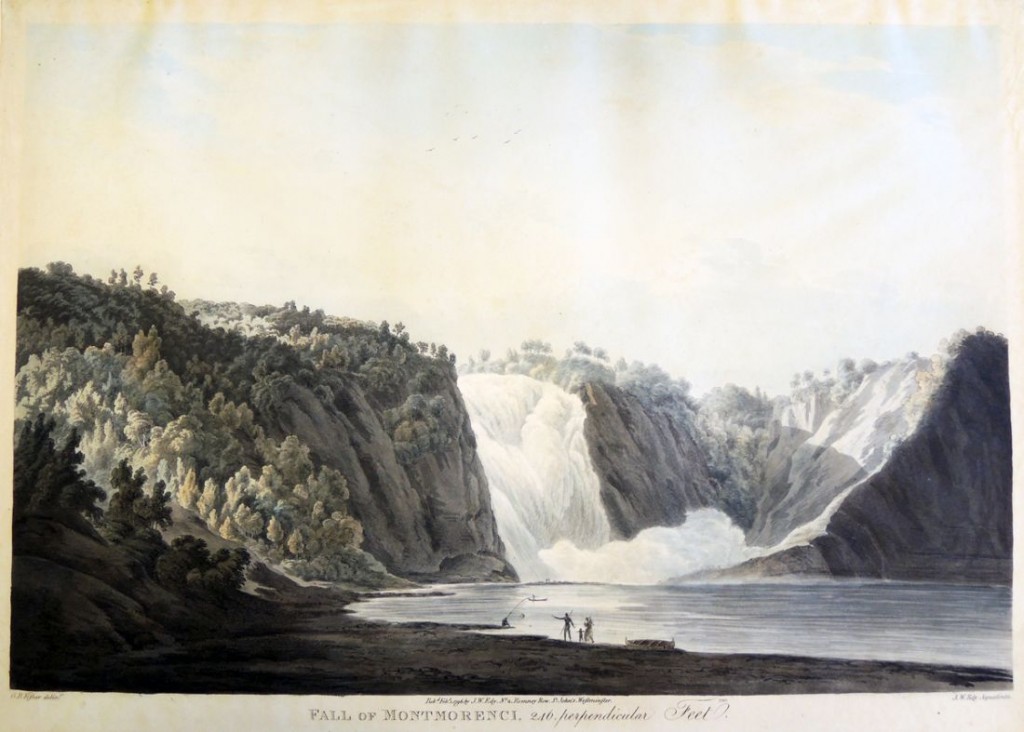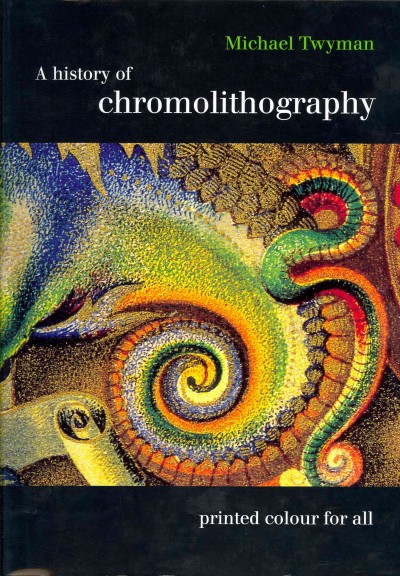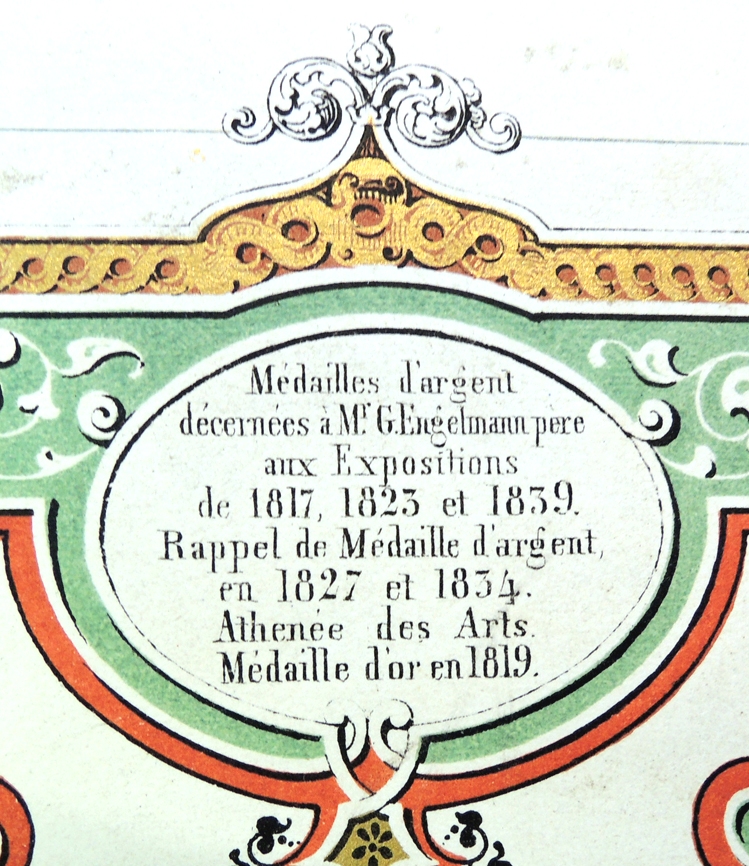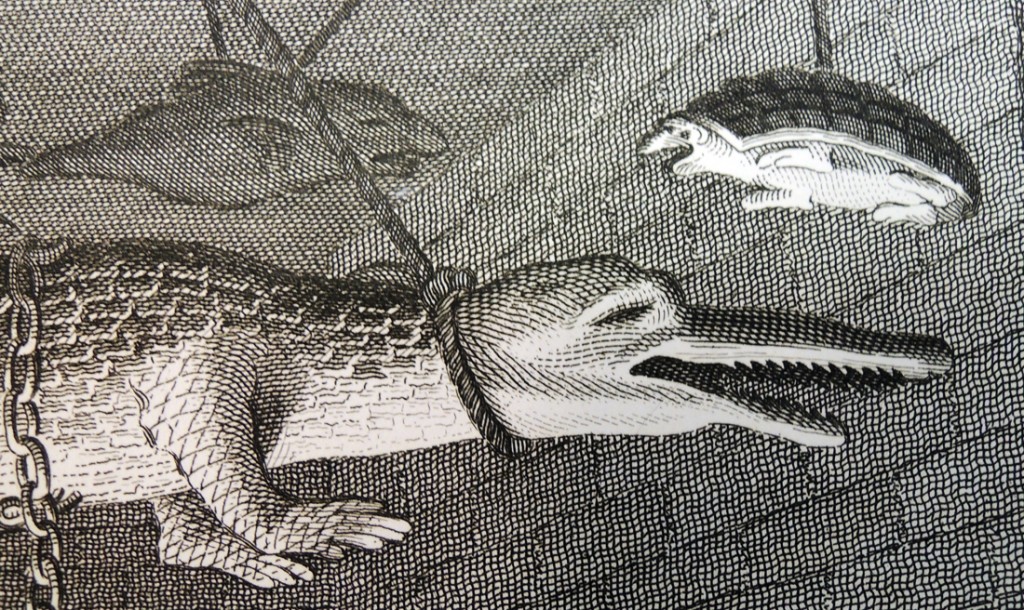 This post is in honor of William H. Helfand’s wonderful article in the Gazette of the Grolier Club, new series number 63 (2012 but just released) entitled “On Stuffed Animals Hanging from the Ceiling.” Helfand quotes Anthony Grafton when he notes that visitors to the workrooms of the pharmacies and physician’s offices “gaped at their magnificent collections, the shelves stocked with shells, fossils, monstrous fish, and Siamese-twin animals, the ceilings hung with everything from starfish to crocodiles.” (from “the Moonstruck Tuscan” in Bookforum Feb/March 2011).
This post is in honor of William H. Helfand’s wonderful article in the Gazette of the Grolier Club, new series number 63 (2012 but just released) entitled “On Stuffed Animals Hanging from the Ceiling.” Helfand quotes Anthony Grafton when he notes that visitors to the workrooms of the pharmacies and physician’s offices “gaped at their magnificent collections, the shelves stocked with shells, fossils, monstrous fish, and Siamese-twin animals, the ceilings hung with everything from starfish to crocodiles.” (from “the Moonstruck Tuscan” in Bookforum Feb/March 2011).
“So, why were the stuffed animals hanging from the ceiling in the pharmacies, doctor’s offices, dentist’s operating rooms, and alchemist’s laboratories?” writes Helfand. To find the answer, you will have to read his article.
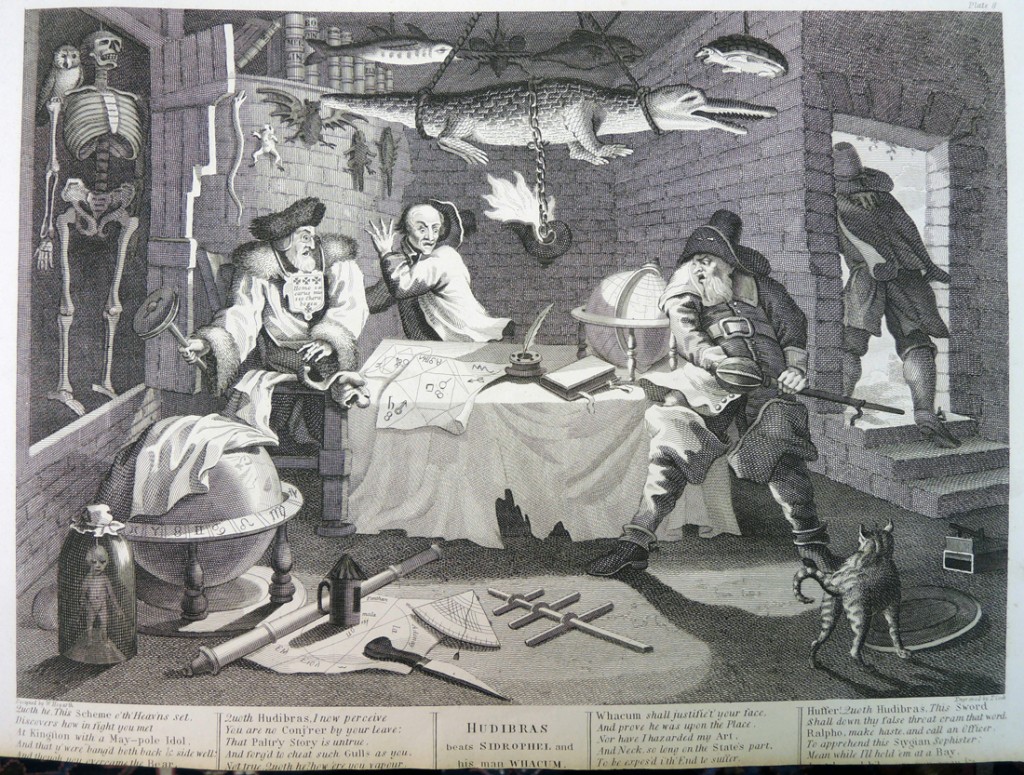
Thomas Cook (1744-1818) after William Hogarth (1697-1764), Hudibras beats Sidrophel and his man Whacum, plate 8 from Hudibras, no date [1800]. Graphic Arts Collection GA 2005.01365
Anthony Grafton’s article is available to Princeton full-text through Proquest at: http://search.proquest.com/docview/853755745/142D2D35D4F9122DC1/1?accountid=13314

